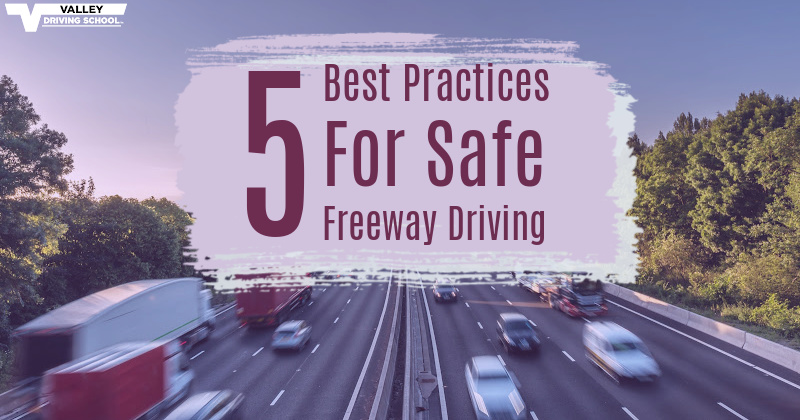While you may be comfortable navigating roads within your own city or town, the world of freeway driving can be intimidating by comparison. To help navigate these multi-lane roadways, we’ve put together our 5 best practices to keep you safe while you’re on the freeway!
1. Merging & Changing Lanes
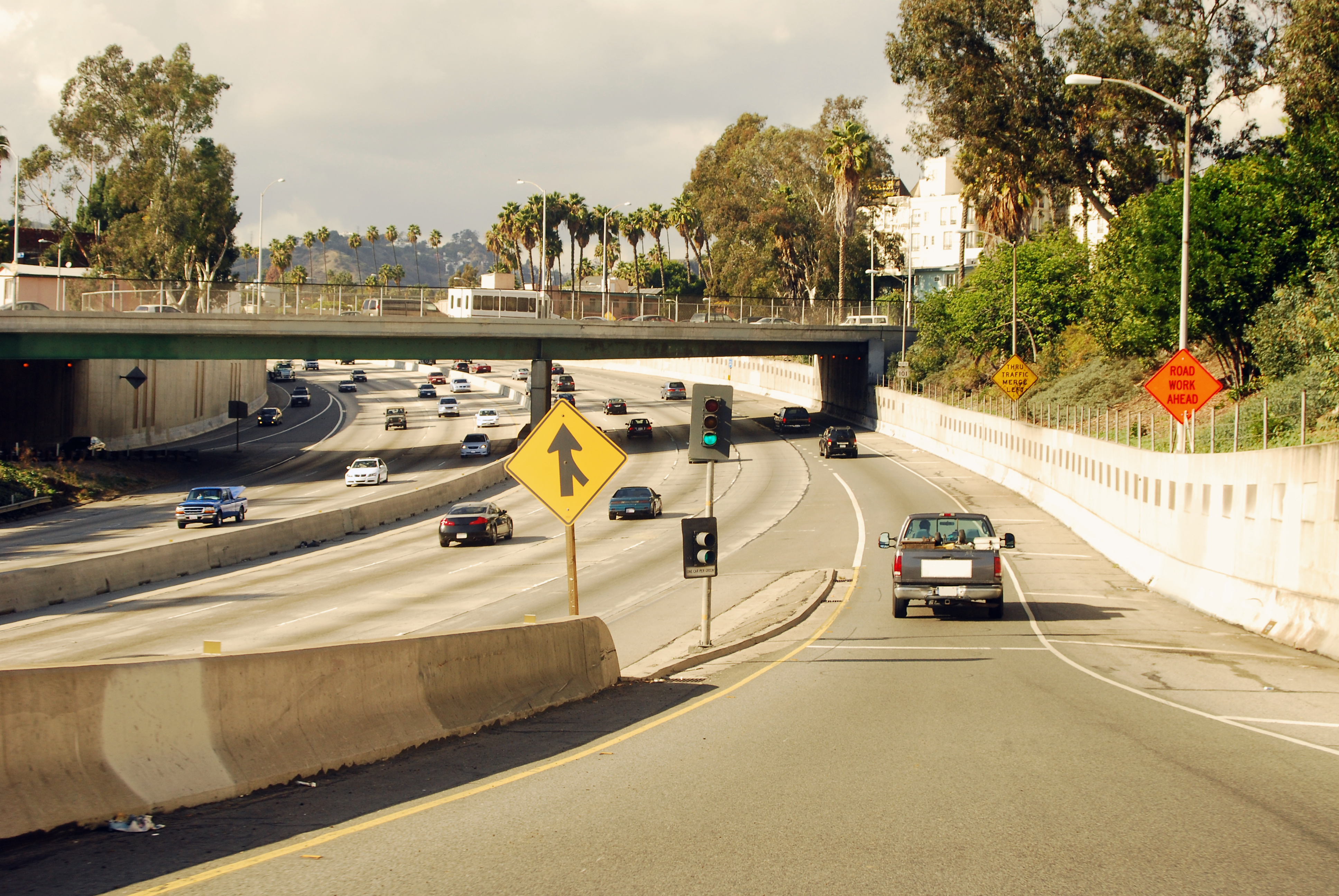 While merging, the best tip is to stay alert and adjust your speed to match the traffic on the freeway that you’re joining. Should you find that other drivers are not allowing for you to execute the zipper merge, adjust your speed further to make space either behind or in front of a vehicle so you can safely merge once the right lane has a clearing.
While merging, the best tip is to stay alert and adjust your speed to match the traffic on the freeway that you’re joining. Should you find that other drivers are not allowing for you to execute the zipper merge, adjust your speed further to make space either behind or in front of a vehicle so you can safely merge once the right lane has a clearing.
If you are already on the freeway, and see other vehicles wanting to merge ahead make sure you do your part to allow those vehicles to complete the zipper merge. This requires vehicles in the main freeway lane to make space for merging traffic by extending their following distance and allowing vehicles to move into the right lane. This may mean adjusting your speed to make it easier for merging vehicles to move in. Even better, if there is a safe space available in the left lane, move over so the merging vehicles have a larger gap to move into.
Once you have successfully merged onto the freeway, you will undoubtedly find yourself needing to pass another vehicle or move over to avoid an obstruction on the road or stalled vehicles. Lane changing while on the freeway is just like lane changing anywhere else, but there is a higher chance that a vehicle will speed into your blindspot so it’s important to be extra cautious and aware while shoulder checking and executing your lane change. When changing lanes, first check the rear-view for anything approaching from behind, then check the side mirror in the direction you intend to move into, engage your turn signal, then shoulder check in the desired direction to ensure nothing is already in the area you intend to move into, and as long as everything is still clear, you can complete your lane change.
Should you find yourself coming across an official stopped vehicle with flashing blue, red, or yellow lights, you are legally required to slow down and move over. Slowing down and moving over is required for maintenance workers, utility workers, police, fire, ambulance, tow trucks, Commercial Vehicle Safety Enforcement personnel, land surveyors, animal control workers, garbage collectors and other roadside workers. Motorists must slow their speed to 70km/h when in an 80km/h or over zone, and 40km/h when in an under 80km/h zone.
2. Following Distance
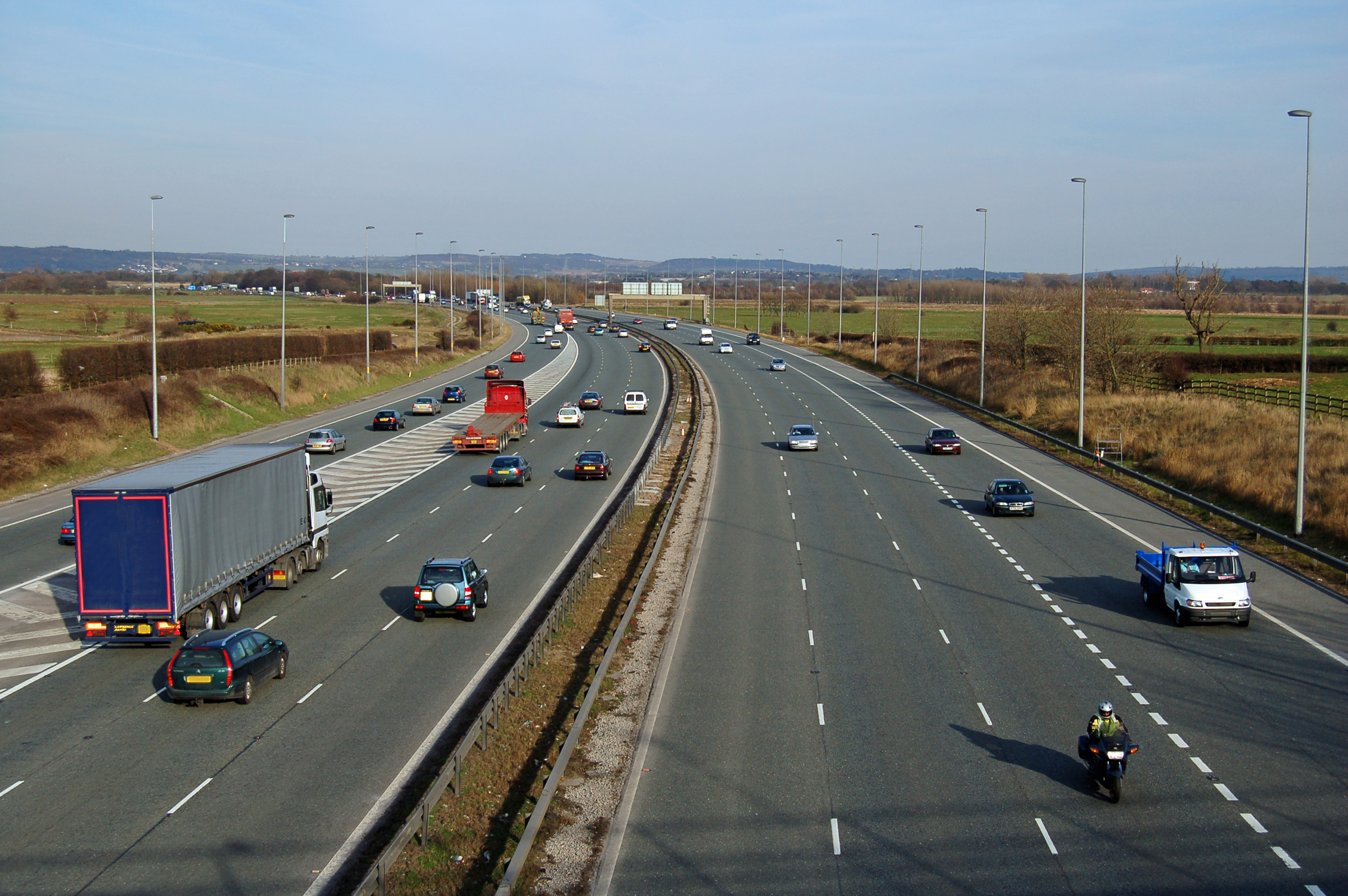
When you think of determining the distance you should keep between you and the vehicle in front of you, do you think in metres? How many metres come to mind? It’s likely that your brain has an easier time gauging seconds rather than measuring metres, which is why it’s recommended to keep at least a three second distance when road and weather conditions are ideal. You can measure a three-second space by first picking an object ahead that will not move. When the vehicle in front of you passes that object, begin your count: one thousand and one, one thousand and two, one thousand and three. If you reach the object as you say “three”, you are keeping a three-second following distance.
The best practice is to adjust that distance accordingly depending on not only road conditions, but the volume of traffic as well. Increase your following distance to at least four seconds in less than ideal conditions, such as bad weather, uneven roads, or slippery roads.
3. Watch for Wildlife
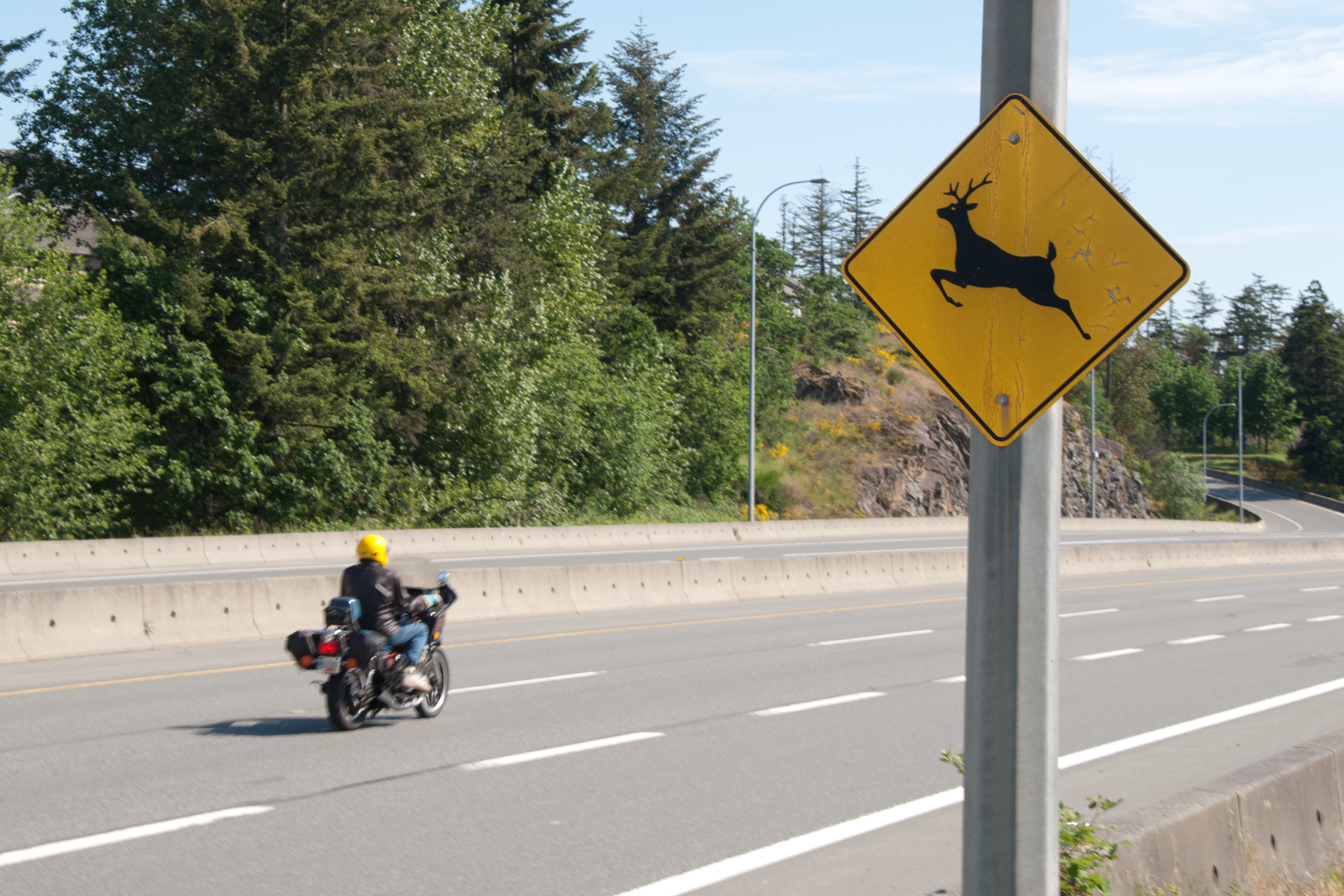
One of the wonderful things about our BC roads is the sights to be seen amid all the lush vistas and if you look closely you’ll see animals in those vistas, too. Keep an eye out for caution signs warning for wildlife in the area - these are posted where animals tend to be most often seen on the road. Should you spot wildlife at any point, remember to slow down and stay alert so that you have time to react appropriately if they cross your path.
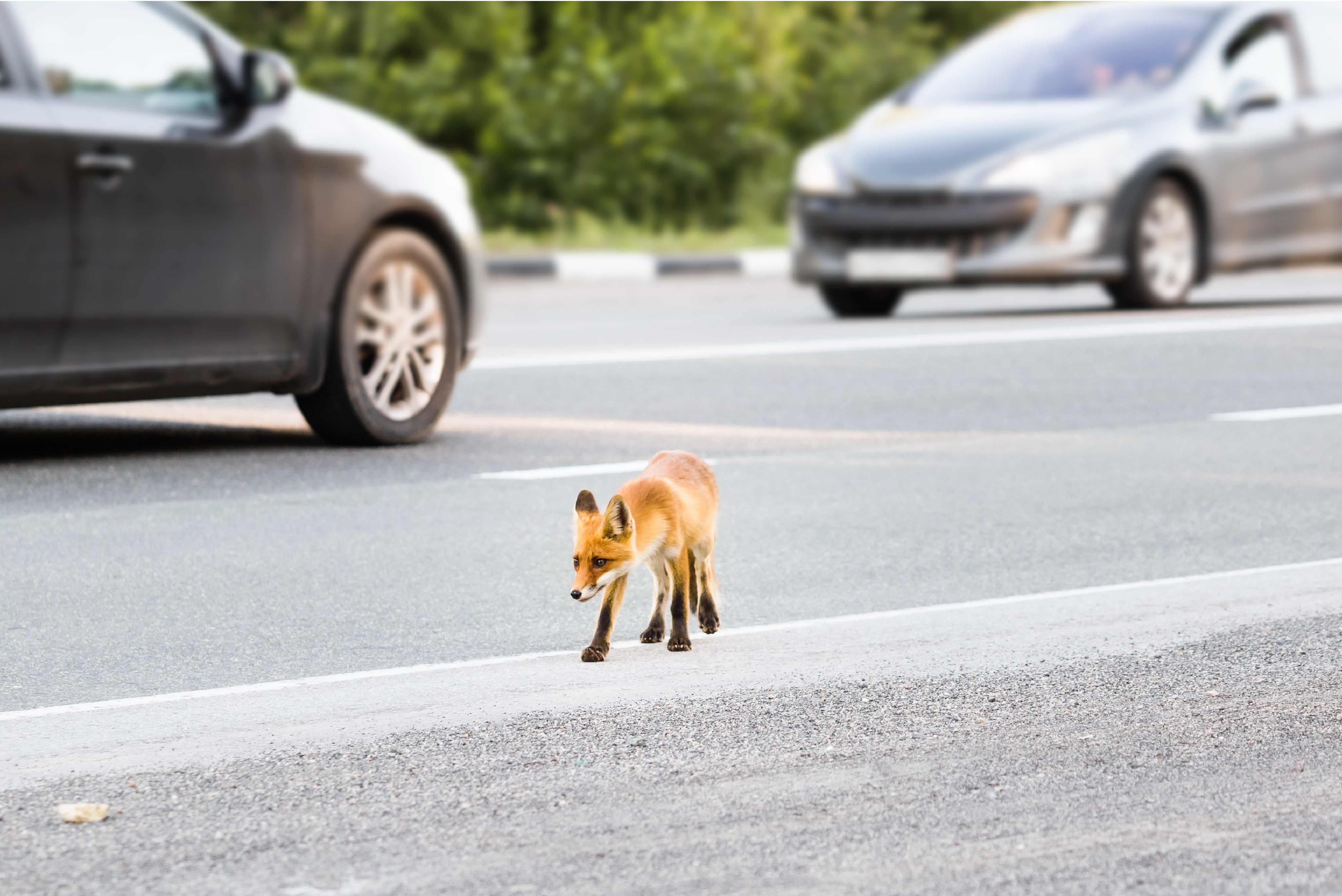
A good rule of thumb is if you see just one animal there are likely more to be following, so maintain that alertness and reduced speed for a few kilometers to be safe. Times to keep the closest watch are at dusk and dawn, as well as spring and fall since wildlife begin feeding and migrating in these respective seasons.
4. Construction Season
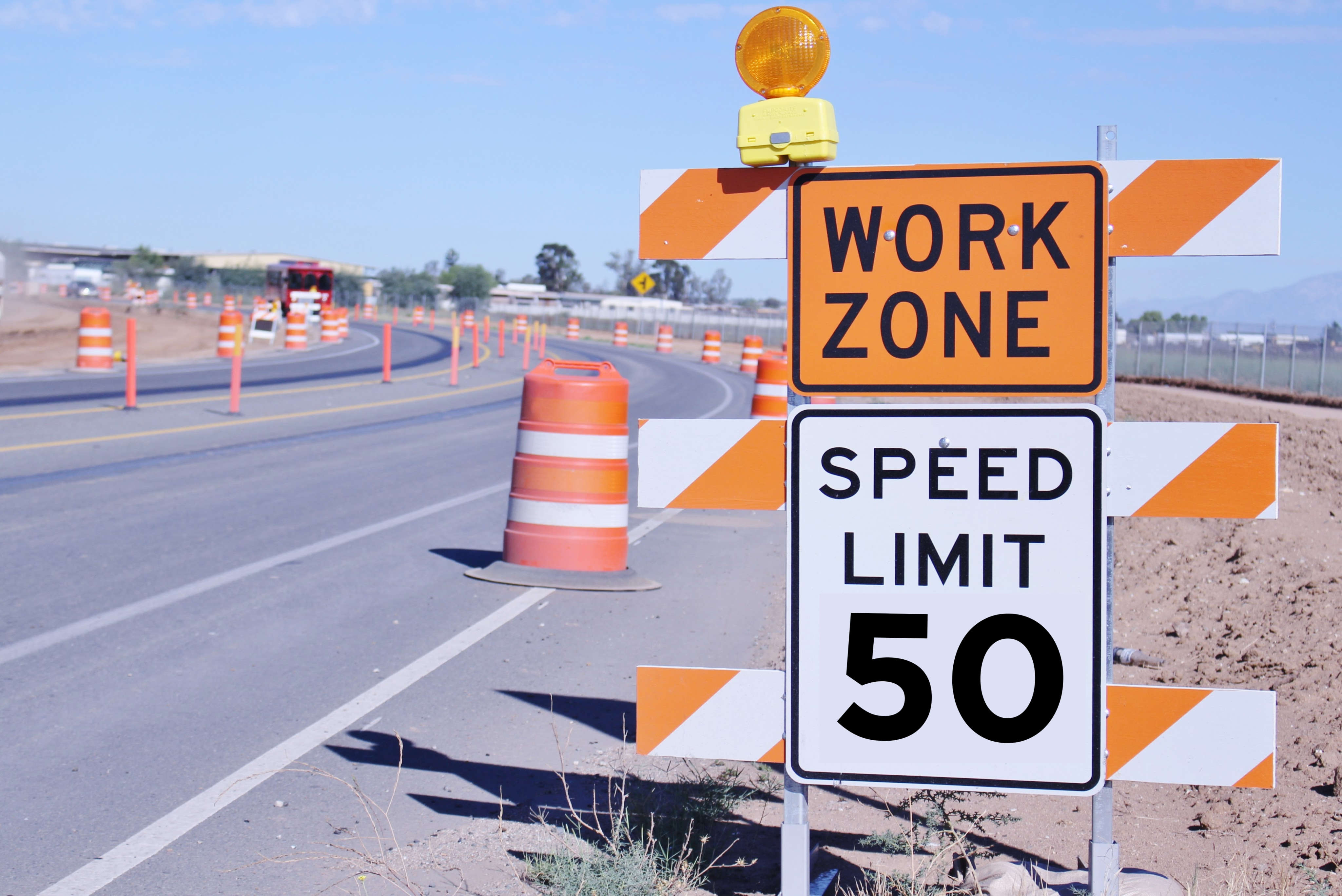 When driving on BC freeways and highways, you’re almost always bound to run into some construction. Notices will be distinguished by orange signs and posted speed limits will often differ from the typical non-construction limit on that roadway that you may be used to.
When driving on BC freeways and highways, you’re almost always bound to run into some construction. Notices will be distinguished by orange signs and posted speed limits will often differ from the typical non-construction limit on that roadway that you may be used to.
On a busy highway with a speed limit of 100 km/hr or more, you may find yourself slowing down to only half that speed at 50 km/hr. That’s why it’s important to be vigilant about keeping an eye out for construction signs or construction vehicles ahead. You should begin slowing well before the lowered speed limit signage so that vehicles behind you have plenty of time to slow (or even stop).
Above all else, always be patient and courteous while traveling through a construction zone. You may be in a time crunch, but it’s important to let vehicles merge in the event of lane closures and to obey the speed limit signs to keep workers safe.
5. Plan Ahead
As is often the case, the key to safety is not just having the skillset and confidence when driving, but planning ahead of time. Before you find yourself in a rush or detouring because of a road closure, take a peek at road conditions, check out the weather forecast, ask others who frequently travel the route about traffic volume at certain times of day/seasons, and do a quick internet search for road cautions, closures, or tolls. A little early leg work could save you a lot of frustration later on that may result in unsafe driving maneuvers.

